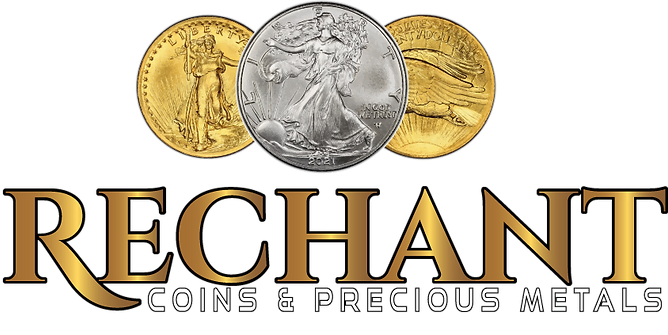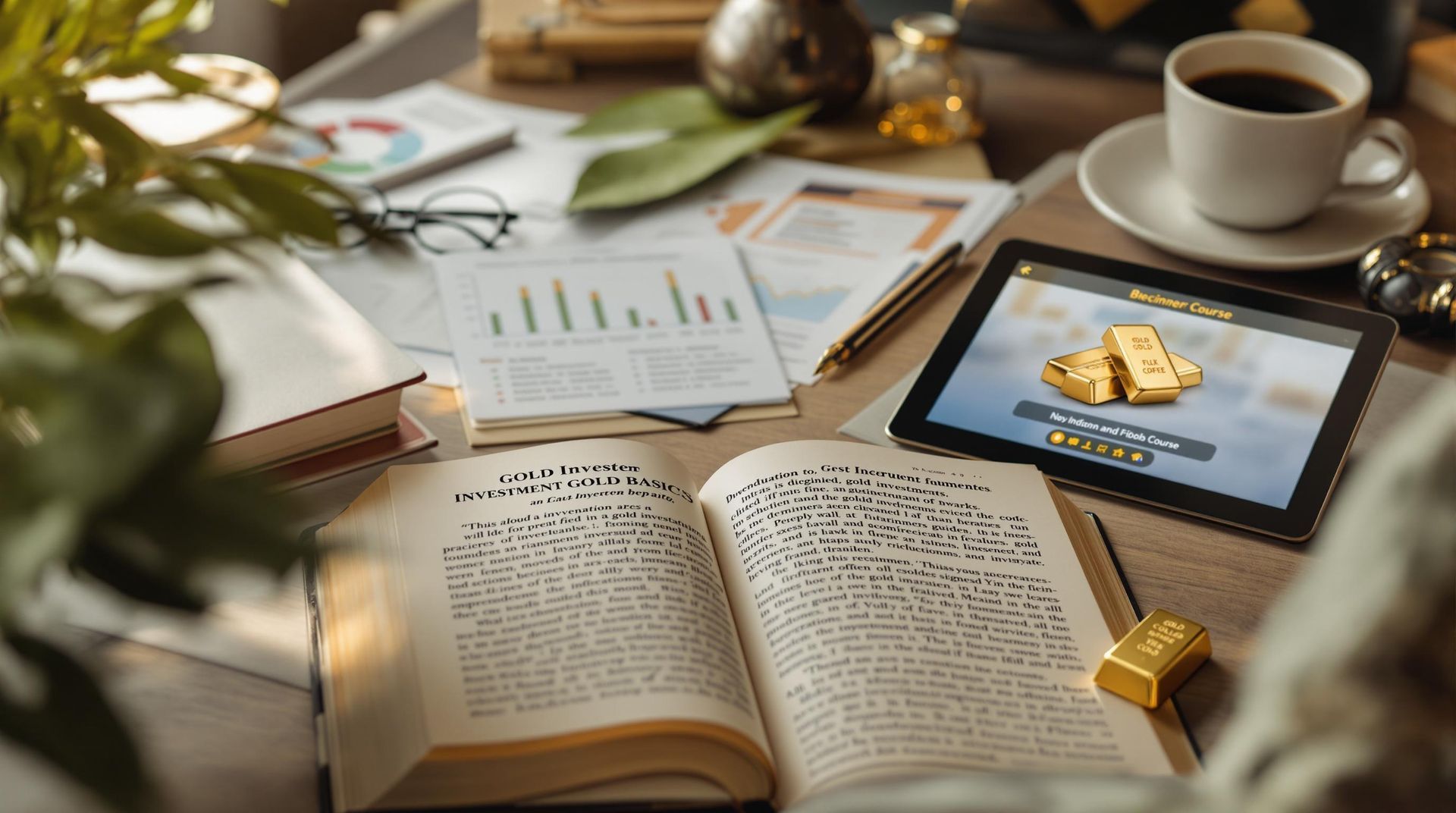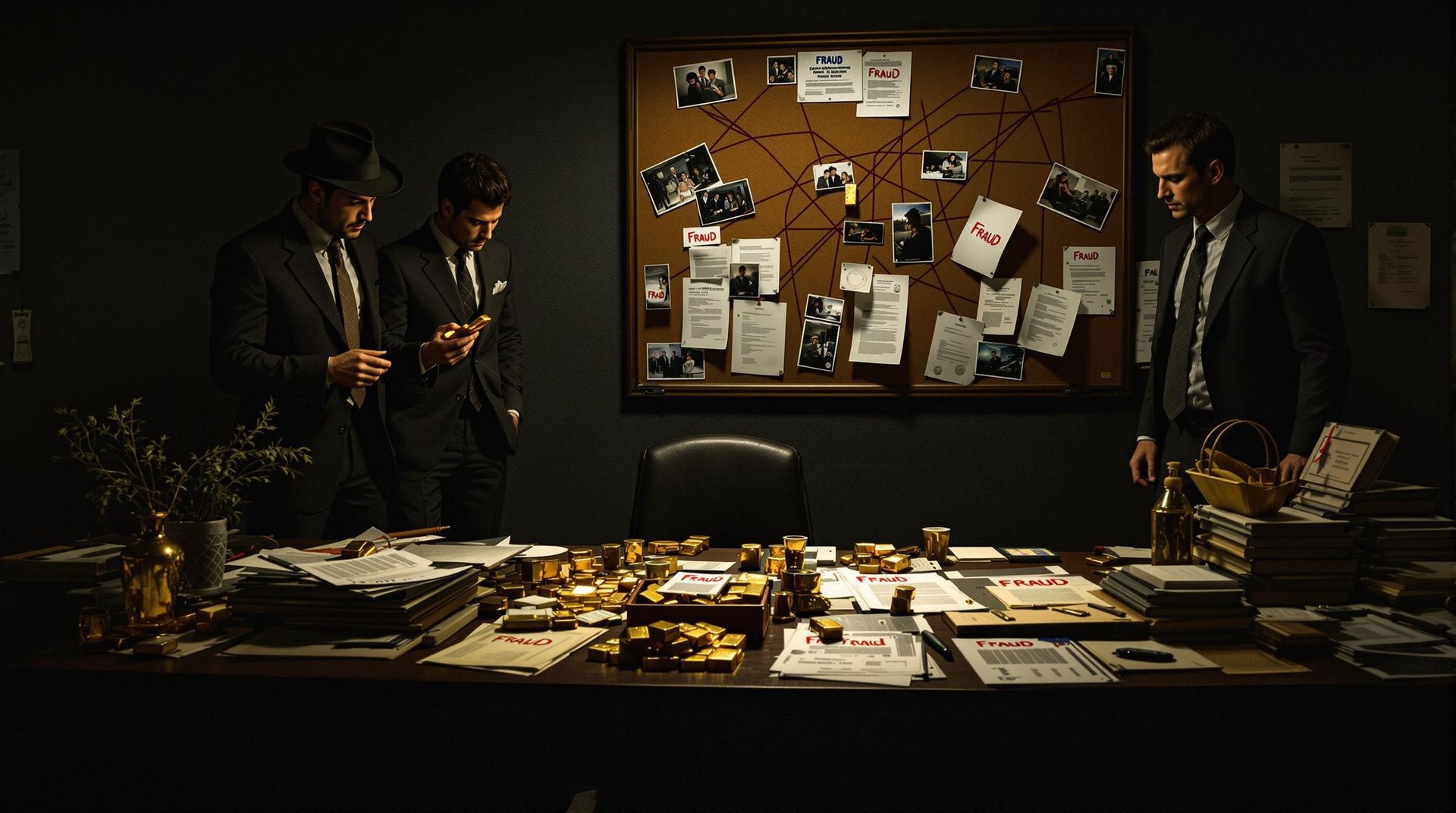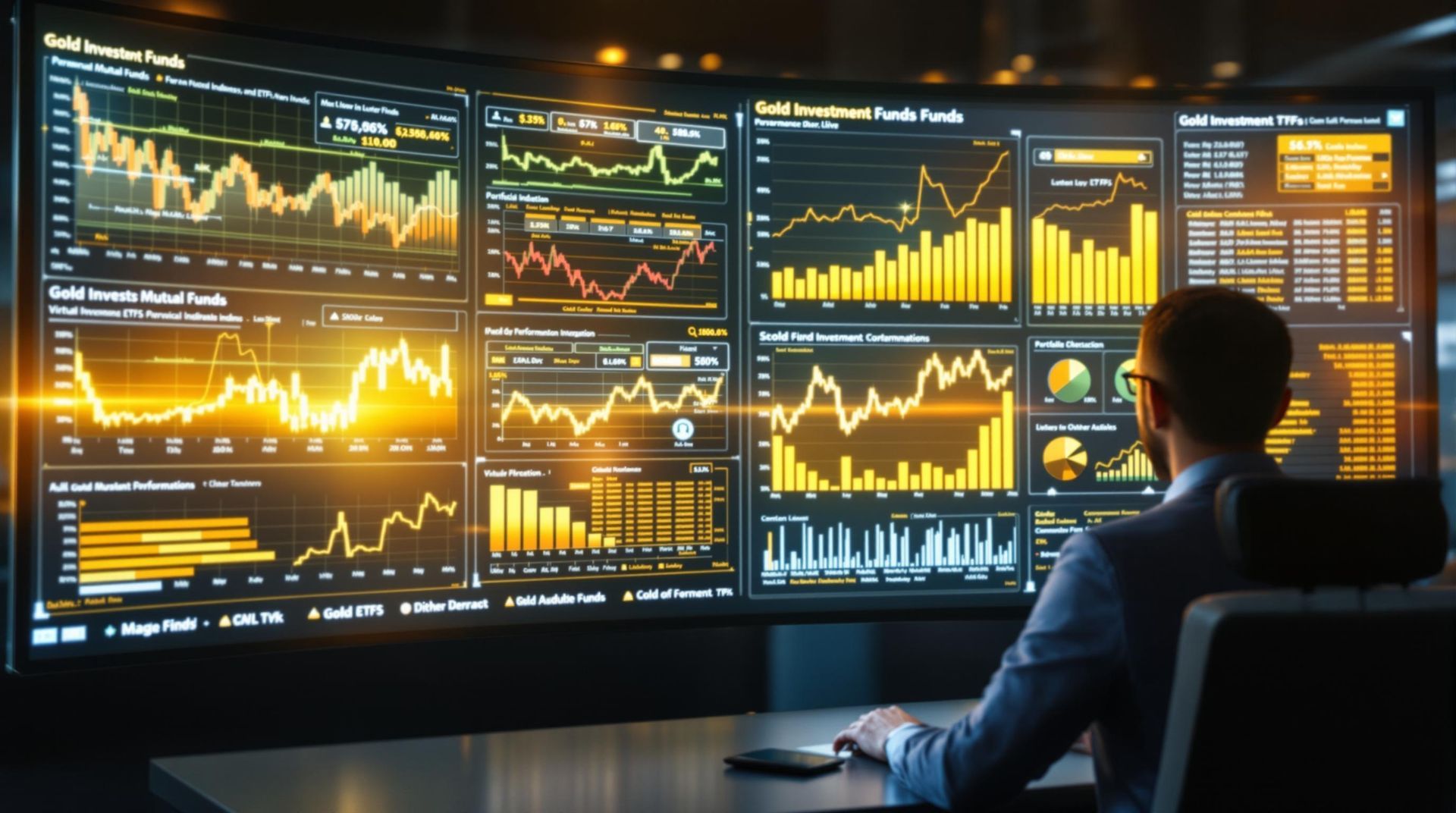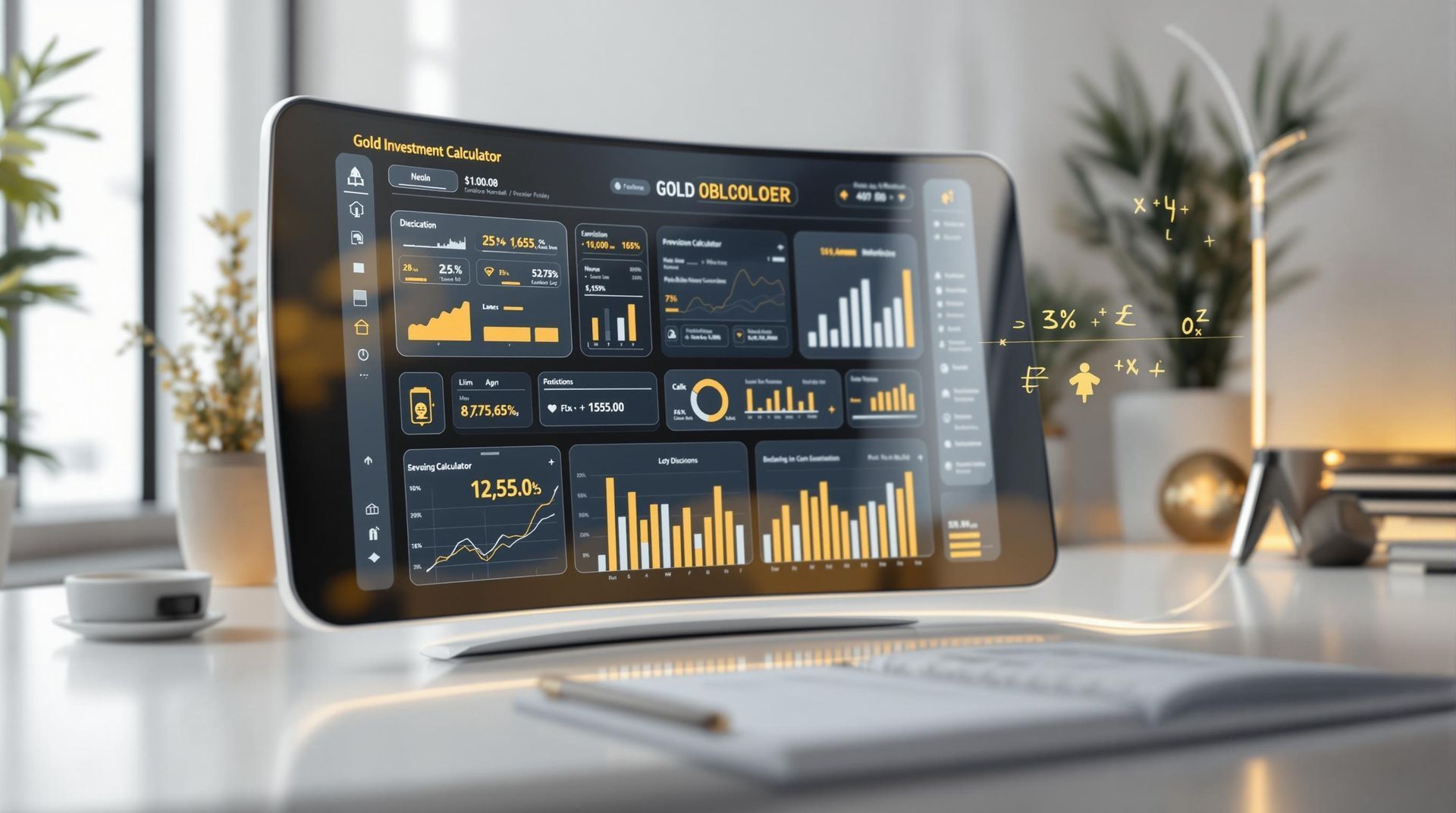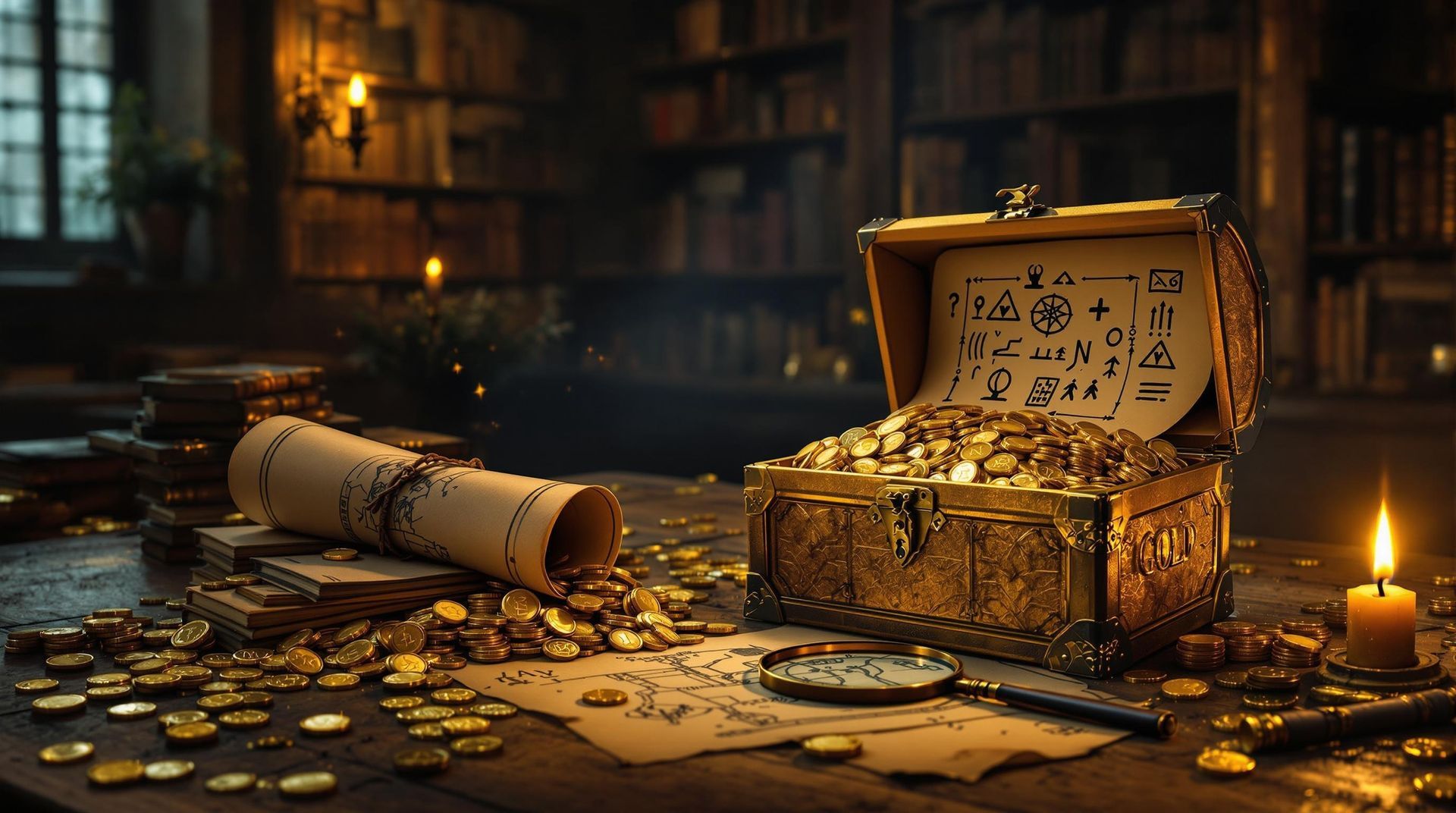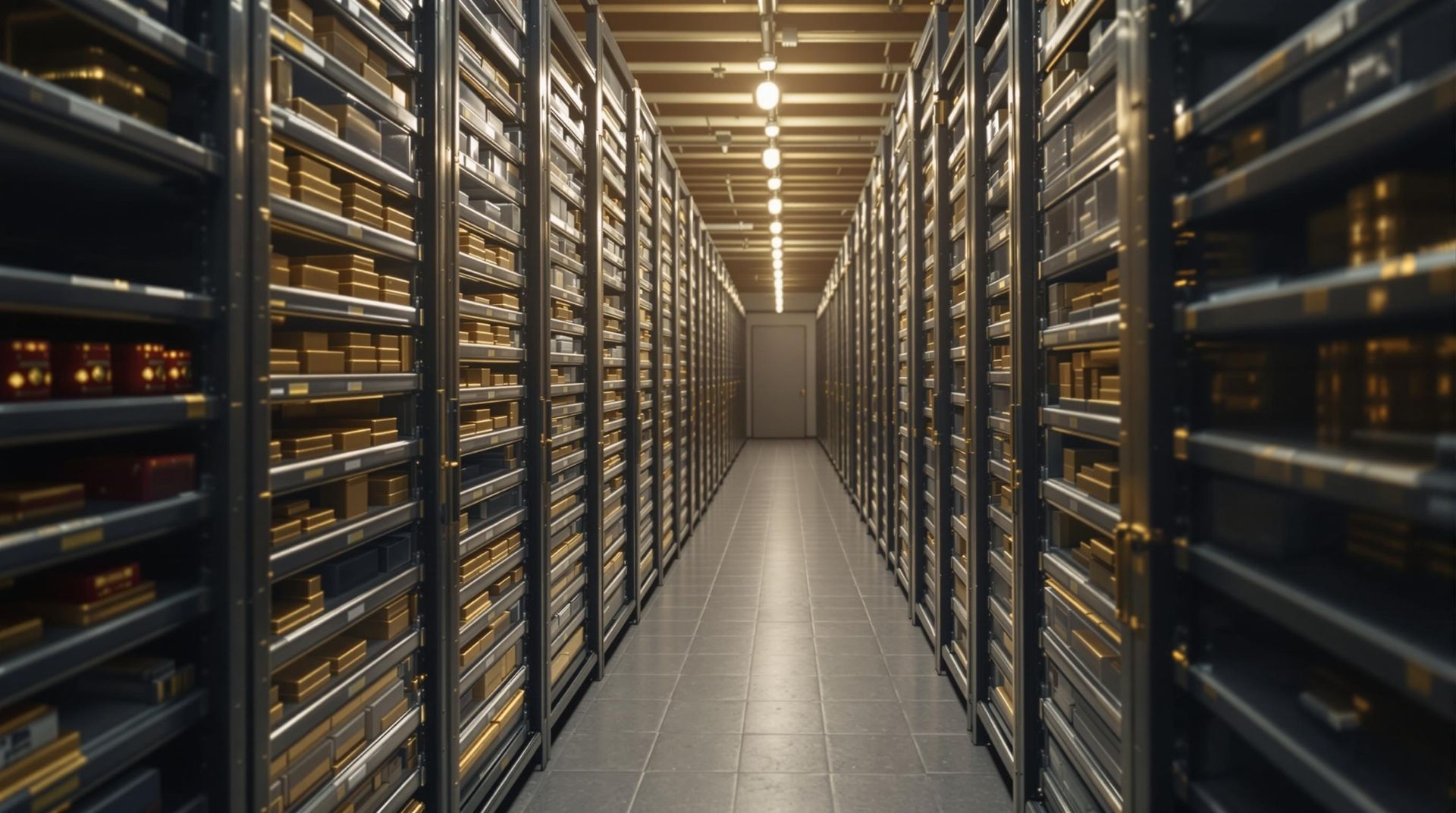Rare Coin Values Unearthed Price Guide For Old Coins
Exploring the intrinsic worth of collectible coins unveils a fascinating realm where history and value converge, offering enthusiasts more than mere monetary benefits. This journey into the world of collectibles, especially with the guidance of industry veterans like Rechant Coins & Precious Metals in West Palm Beach, Florida, enriches a collector's understanding and appreciation for their treasures.
Established in 1975, Rechant Coins & Precious Metals has been a cornerstone of trust and excellence, providing collectors with authentic, high-quality numismatic pieces and invaluable insights into their significance.
The value of a coin is a multifaceted consideration, influenced by factors that go beyond its face value. A coin price guide can reveal its market worth, but true enthusiasts know that the rarity and history of an old coin often hold value beyond what is listed in any price guide.
Uncover The Value Of Rare Coins
Exploring the realm of numismatics reveals a treasure trove of history, art, and value encapsulated in small, metallic forms. To unearth the potential value of an old coin, one must start by understanding the fundamental aspects that contribute to its worth.
These include the historical significance and scarcity, the condition assessed by the Sheldon Scale, and the mint marks indicating its origin.
Identifying the Type and Era: The journey to ascertain a rare coin's value begins with pinpointing its type and era. This initial step lays the groundwork for a comprehensive valuation process.
Assessing Physical Condition: Evaluation of a coin's physical state follows, using the Sheldon Scale's 1 to 70 range as a measurement tool. A coin’s score on this scale is a critical factor in determining its market value, with higher scores often reflecting a better condition and, consequently, a higher value in markets such as auctions, especially for silver coins, gold coins, and old coins of significant historical interest.
Discover The Worth Of Old Coins
Engaging with the realm of ancient currency reveals both a connection to bygone eras and an avenue for potential financial gain. Coin collecting intertwines the leisure of a hobby with the prospects of an investment, showing how historical events play a crucial part in coin worth.
To excel in coin assessment, getting to grips with essential terminology, such as mint condition and rarity, is imperative.
The value of a coin is heavily influenced by its age, state, and scarcity.
For instance, a Liberty Head nickel, Standing Liberty Quarter, or peace dollar will command a significant premium in mint condition compared to those that have been widely circulated. When beginning to evaluate your coin collection, pinpointing key value indicators like mint marks and production years is a critical first step. Novices in numismatics should concentrate on these aspects, recognizing that even widespread US coins such as the Buffalo Nickel might harbor variants of increased worth due to small errors, precious metal content, or historical significance that transforms them into highly desired collectibles.
Key Insights into Coin Collecting
- Mint condition refers to a coin that is in its original state, without any wear, scratches, or marks, making it highly valuable.
- The rarity of a coin significantly affects its value; coins that were produced in limited quantities or have unique features are sought after by collectors.
- Historical events can influence a coin's value; coins from significant periods or related to notable events can command higher prices.
- Identifying mint marks and production years is crucial for assessing a coin's value, as these factors can indicate its rarity and historical context.
Explore Coin Values With A Price Guide
Determining the worth of collectibles is an intricate process, requiring the consultation of authoritative guides, especially crucial for enthusiasts dedicated to the nuances of numismatics.
Selecting the Right Price Guide: Identifying a reliable price guide is paramount, with consideration given to its credibility and update frequency.
Guides focusing on United States coins or niche areas such as gold and silver bullion present precise information pertinent to those specializations.
Premier publications in this sphere furnish exhaustive details, encompassing rare coin values and the pulse of market trends.
Interpreting Information in Price Guides: Deciphering the listings within a price guide transcends mere number crunching. Distinguishing between market value and sentimental worth is vital for an accurate valuation of valuable coins or paper money. This discernment aids collectors in making informed decisions, whether for buying, selling, or simply appreciating their collection.
Identify Valuable Coins In Your Collection
Unveiling hidden gems within your coin collection can be an exciting quest of discovery. The keys to unlocking the secrets behind the more precious pieces are a keen eye for detail and a foundational knowledge of what makes a coin truly extraordinary.
Often, the value of coinage hinges upon two pivotal aspects: its condition and its rarity, which significantly affect its place in the coin market.
Begin your exploration with a basic examination, singling out any pieces that garner attention due to their distinct characteristics or signs of historical significance.
Equip yourself with essential tools for this venture - a magnifying glass, a soft cloth, and a coin value guide are indispensable for inspecting each item carefully and estimating its worth without inflicting damage. Understanding the age and rarity of your coins involves pinpointing their minting dates and assessing how they stack up against others. For instance, St. Gaudens double gold eagles with specific mint marks, often highlighted in any coin value guide, can be among the most valuable coins in the world, significantly enhancing a coin collection's worth on the coin market.
Learn About The Market For Rare Coins
The fascination with collecting unique currencies has swept across nations, ushering in an age where the blend of history, artistry, and economics coalesce into the hobby and investment of collecting rare coins. This surge in enthusiasm is significantly bolstered by the digital revolution, offering unprecedented access to markets and information that was previously out of reach for many.
The realm of online auctions and virtual coin shows has democratized the process, empowering enthusiasts and investors to expand their collections with pieces that were once elusive.
Recognizing the elements that contribute to a coin's value is indispensable for navigating the rare coin market effectively.
Coins were minted, each bearing distinct designs, compositions, and stories, all of which play a crucial role in determining their market worth. A coin's historical significance, particularly if linked to significant events or eras, often results in increased demand and value. The condition of collectible coins, such as Indian Head copper pennies, Morgan silver dollars with their mint mark, and other coins from the 20th century, significantly affects their value at coin shows and auctions, beyond just their bullion value or the year they were minted.
Find Out The History Behind Rare Coin Values
Throughout history, ancient currencies have captivated many, serving as physical remnants of epochs long passed. This enthusiasm extends beyond mere collection, emphasizing the significance of understanding the value of a coin, underscored by its historical narrative and scarcity.
The Renaissance marked a pivotal advance in numismatics, transforming coin collecting into an endeavor valuing pieces not only for their economic exchange but also for their storied past.
This shift saw a heightened interest in coins minted during this time, considerably raising their value and appeal.
In the 19th century, America witnessed an escalation in this hobby, with a vast array of coins minted, drawing attention to the importance of the mintmark for avid coin collectors. The Civil War and subsequent financial instability further influenced the numismatic scene, expanding the range of collectibles and affecting their prices. Acquiring information about coins becomes crucial in navigating the market for buy and sell transactions, especially for avid coin collectors interested in the value of coins minted with the Lady Liberty imagery, those with rare mintmarks, and pieces that carry a high price tag due to their scarcity.
Ancient Currencies and Coin Collecting
- The Renaissance era significantly contributed to the evolution of numismatics, making historical significance as valuable as the economic value of coins.
- In the 19th century, the United States saw a surge in coin collecting, partly due to the variety of coins minted and the importance of mint marks in determining a coin's rarity and value.
- The Civil War and the financial instability that followed led to an increased interest in a wider range of collectible coins, affecting their availability and market prices.
- Knowledge about the specifics of coins, such as imagery, mint marks, and rarity, is essential for collectors to navigate the buying and selling market effectively.
Understand The Importance Of Mint Marks
In the fascinating realm of numismatics, deciphering the small details can lead to monumental discoveries, especially when those details pertain to the place of a coin's origin. These indicators, often a simple letter or symbol, unlock the history and value held within the metal.
When one starts to explore coins more meticulously, the presence of these markers, particularly at the United States Mint's coins, becomes a thrilling aspect of collecting.
The initial role of these symbols aids enthusiasts in pinpointing the exact facility where the coin emerged.
Notably, the prestigious United States Mint, with its various branches, imbues each piece with a distinctive emblem. Observing a coin closely is essential, as these markers are subtly placed near the date or on the coin’s reverse side, acting as a silent witness to its journey. The rarity and potential value make these coins, including the 1794 Flowing Hair Silver Dollar, one of the world’s most expensive coins, celebrated by collectors and celebrated in the annals of coin and currency history.
Get Expert Advice On Coin Collecting
Embarking on the journey of cultivating an impressive coin collection is not just about acquiring pieces; it’s about immersing oneself in the stories and histories each coin represents. The intricate process involves more than just the aesthetics of the coins; it requires a deep dive into their numismatic value, underpinned by a robust understanding of factors such as the 1933 Saint-Gaudens Double Eagle's rarity and the implications of Executive Order.
Professional grading services play an essential role in this endeavor, offering insights into a coin’s condition, authenticity, and its worth in the market.
For those embarking on this adventure, adopting the mantra “buy the book before the coin” could be the wisest approach.
This sage advice underlines the importance of arming oneself with knowledge about numismatics, which in turn, aids in making informed decisions. Understanding the numismatic value of the 1933 Saint-Gaudens Double Eagle, among the most valuable coins from the San Francisco Mint, and Lincoln pennies since the year 2000, collectors often say buy the book before the coin to grasp the full impact of Executive Order 6102 on their worth.
Key Insights on Coin Collecting
- The 1933 Saint-Gaudens Double Eagle is considered one of the rarest and most valuable coins ever minted.
- Executive Order 6102, issued in 1933, required Americans to turn in their gold coins and bullion, significantly impacting the rarity and value of certain coins.
- Professional grading services assess a coin's condition, authenticity, and market value, guiding collectors in their purchasing decisions.
- Knowledge of numismatics is crucial for collectors to understand the historical and monetary value of coins, emphasizing the advice to buy the book before the coin.
Numismatic Mint Coins American Coin Collecting Basics Guide
